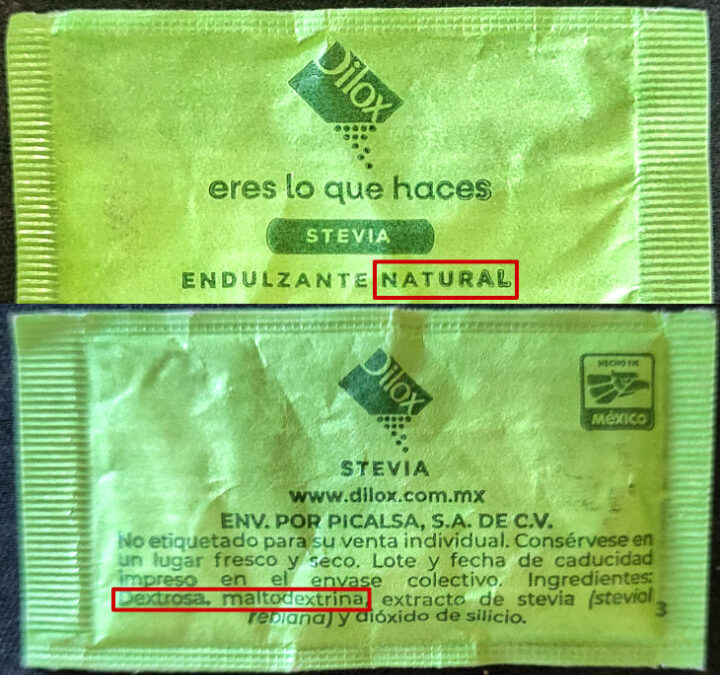Health Risks: Dextrose and Maltodextrin
List 1: Common Issues (Both Dextrose & Maltodextrin)
– Rapid blood sugar/insulin spikes: Both have high glycemic index (dextrose ~100, maltodextrin 85–105+), driving sharp glucose and insulin rises followed by crashes.
– Weight gain: Empty calories with low satiety; easy to overconsume; insulin favors fat storage.
– Cardiometabolic effects: High intake linked to elevated triglycerides, lower HDL, increased blood pressure, and inflammation markers; contributes to metabolic dysfunction over time.
– Dental caries: Both are fermentable carbohydrates that fuel acid-producing oral bacteria, increasing cavity risk especially with frequent sipping/snacking.
– GI symptoms at higher doses: Bloating, cramping, and osmotic diarrhea when consumed in large boluses, particularly on an empty stomach or in beverages/gels.
– Ketosis interruption: Even small amounts can halt ketosis for those on ketogenic diets.
– Cravings and taste recalibration: Both normalize frequent refined-carb intake, making whole foods less appealing and reinforcing preference for very sweet/processed foods.
– Nutrient dilution: Displace fiber, protein, and micronutrients when they replace whole foods.
List 2: Issues Unique to Dextrose
– Uric acid/gout: Frequent insulin spikes can reduce uric acid excretion; may worsen hyperuricemia in susceptible people (maltodextrin does not have this documented effect).
– Skin effects: High-glycemic diets associated with more acne via insulin/IGF-1 signaling (maltodextrin’s effect on acne is not specifically documented).
– Allergies/intolerances: Rare but possible reactions in people with corn allergy if dextrose is corn-derived (maltodextrin has similar potential but is less commonly implicated).
List 3: Issues Unique to Maltodextrin
– Gut barrier and microbiome concerns: In vitro/animal data link maltodextrin to dysbiosis, impaired antimicrobial defense, and biofilm formation in adherent E. coli; may aggravate IBD (Crohn’s/UC) in susceptible individuals (human evidence limited but caution warranted). Dextrose does not have this documented concern.
– Very high glycemic index variability: Maltodextrin’s GI can exceed dextrose’s (up to 105+), making it more unpredictable and potentially more problematic for glucose control.
– Bulking agent in ultra-processed foods: Maltodextrin is commonly used as a filler in “sugar-free” products and processed foods, making it easier to consume large amounts unknowingly without perceiving added sweetness (dextrose is more often directly added as a sweetener, making consumption more visible).











Recent Comments